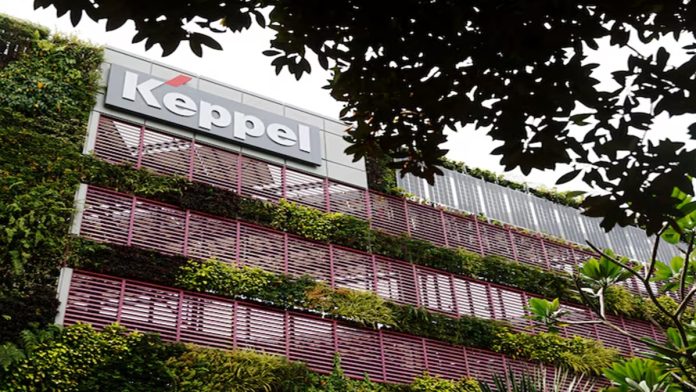Tata Power Trading, a subsidiary of Tata Power, and Singapore-based asset manager and operator Keppel have entered into a strategic collaboration to launch Cooling-as-a-Service (CaaS) solutions in India.
CaaS offers businesses and building owners long-term, energy-efficient cooling solutions without the need for heavy infrastructure investment, enabling significant energy and cost savings, the companies said in a joint statement.
Aligned with India’s Cooling Action Plan (ICAP) and the Smart Cities Mission, the Tata Power-Keppel partnership aims to provide advanced CaaS solutions through both large-scale district cooling systems (DCS) and individual building systems. These solutions will target key urban areas and sectors such as airports, IT parks, special economic zones, data centers, and other commercial and industrial properties. The focus is on aggregating cooling demand through DCS, which could reduce energy consumption by up to 40% and cut carbon emissions by up to 50%, according to the statement.
Also Read StockGro to launch services in UAE in partnership with Dubai-based exchanges India-Germany talks to focus on defence, trade, renewable energy and skilled migration Tata Motors’ subsidiaries TPEM, TMPV partner with HSBC India Wieden+Kennedy to halt advertising services in Delhi and Mumbai, scaling back workforce
Also ReadAdani-owned ACC posts Q2 profit decline of 48.5% at Rs 199.66 crore, revenue up 4% YoY
Tata Power will leverage its deep understanding of the local market and its extensive infrastructure network, providing a comprehensive suite of energy solutions, including power supply, energy management services, e-mobility, solar PV/wind energy, and carbon offsets.
Keppel, with its expertise in designing and operating CaaS solutions across Asia, will explore opportunities with Tata Power in the Indian market. As the pioneer DCS provider in Singapore, Keppel has a cooling portfolio exceeding 260,000 refrigeration tonnes, serving commercial, retail, residential, and mission-critical industrial customers, including data centers and biomedical facilities.
“This collaboration represents a significant milestone in transforming India’s energy landscape, aligning with our commitment to a sustainable and energy-efficient future,” said Tarun Katiyar, CEO of Tata Power Trading. “By supporting the India Cooling Action Plan and the Smart Cities Mission, we are paving the way for innovative Cooling-as-a-Service solutions that foster energy-efficient ecosystems across urban and energy-intensive hubs. Together, we will contribute to India’s ambitious targets of doubling the rate of energy efficiency improvements by 2030.”
Poh Tiong Keng,
» Read More


